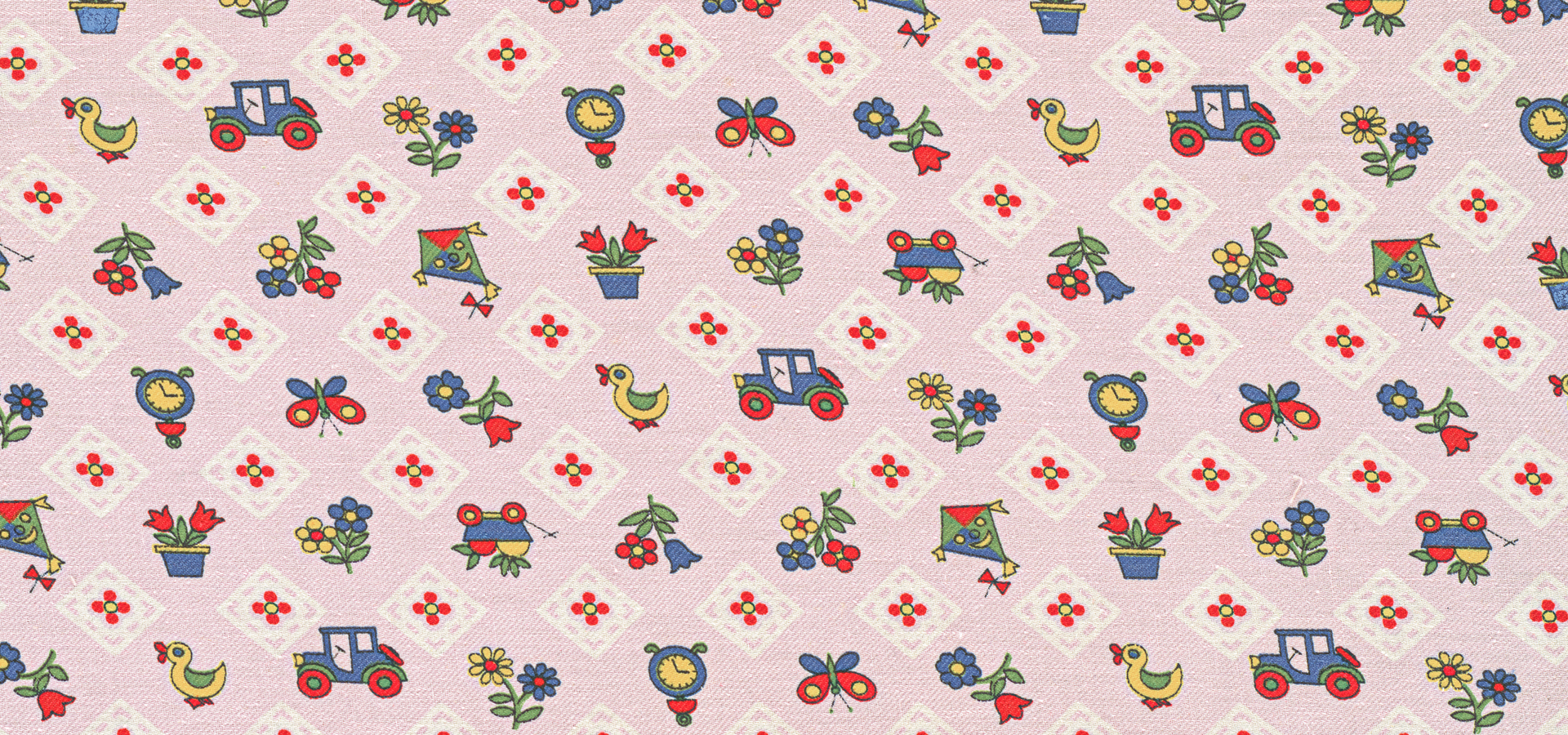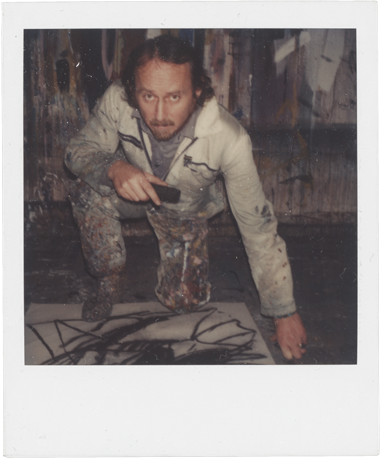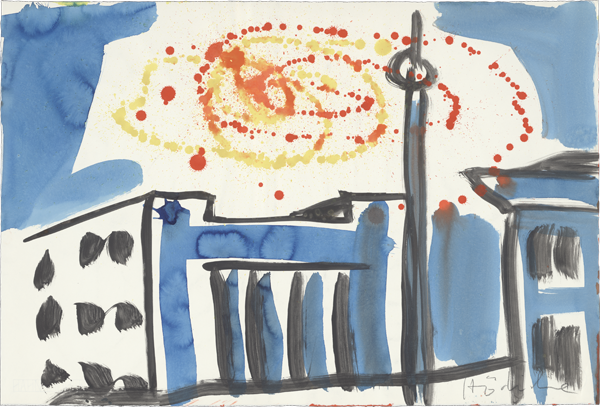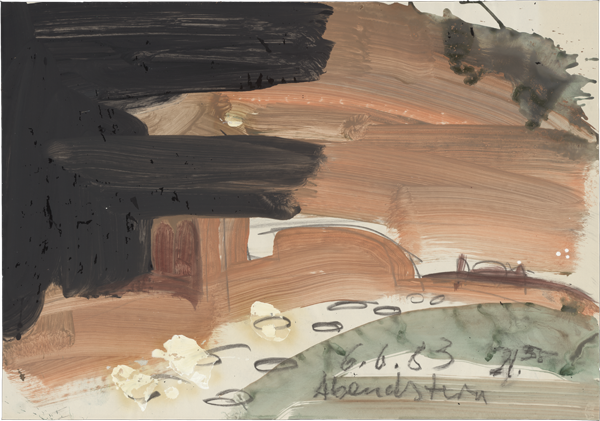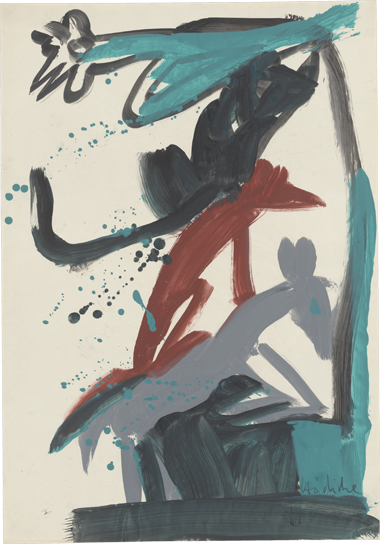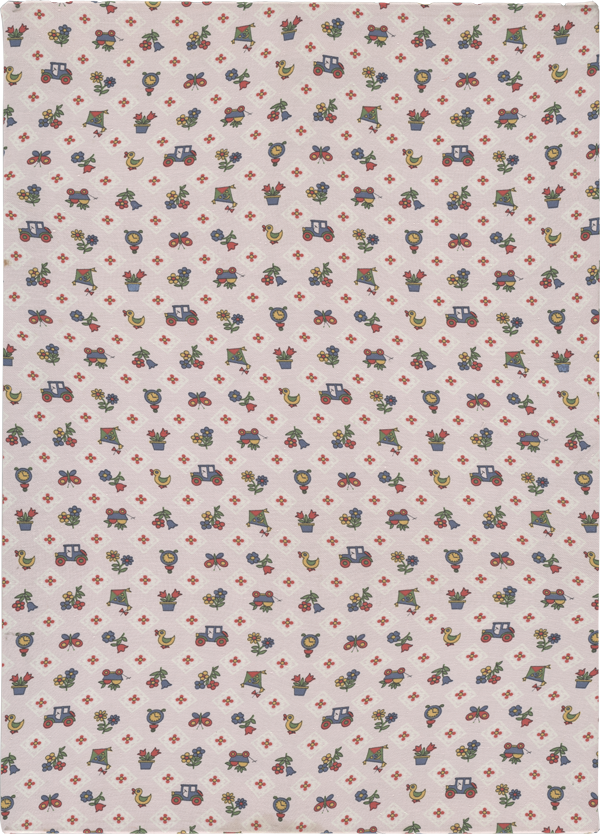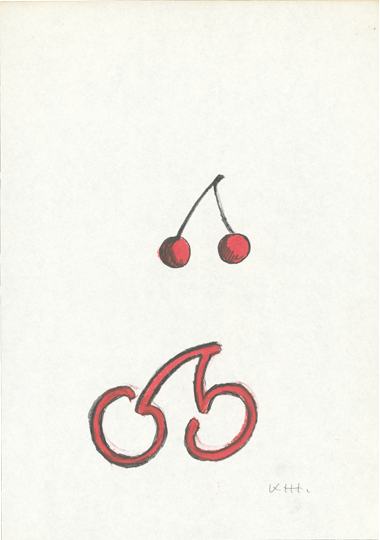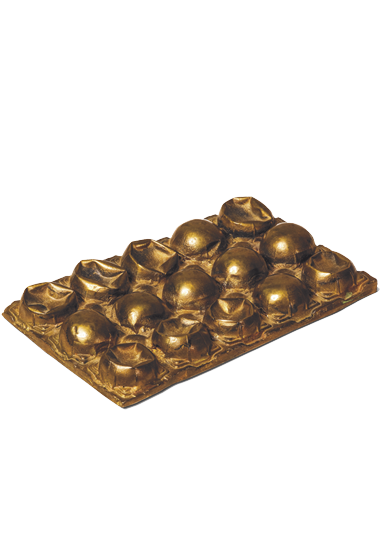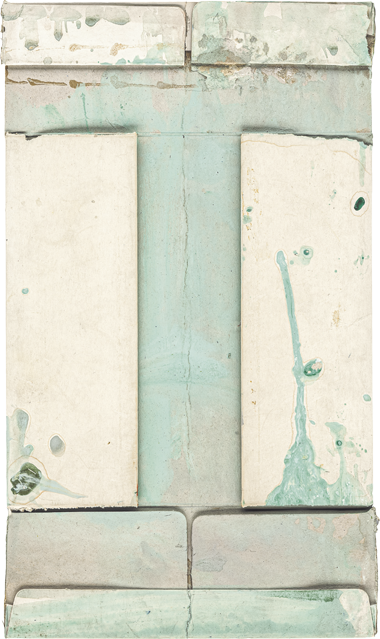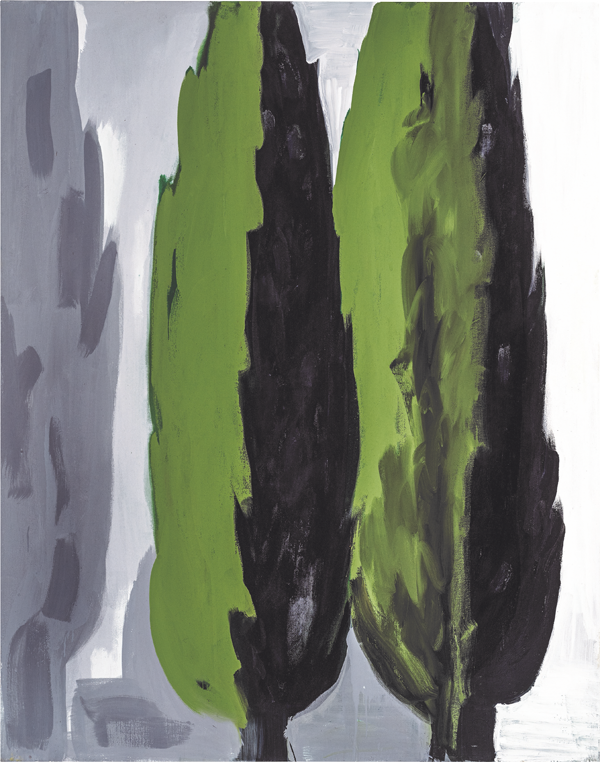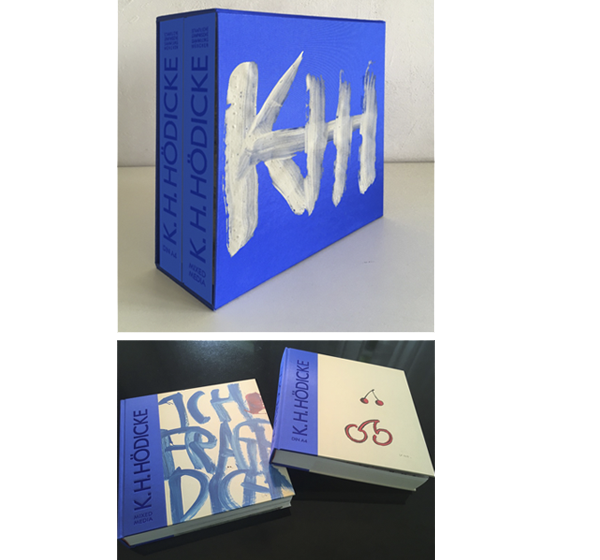The Exhibition
In the early 1960s, the painter K. H. Hödicke (born in Nuremberg in 1938) was one of the spokespeople for a small group of impetuous young lateral thinkers who wanted to revolutionise painting. No sooner had German post-war modernism rejoined the international artistic trend towards the abstract than they revolted against this new doctrine with a revival of figurative painting, which had been declared obsolete. The retrospective K. H. Hödicke at the Staatliche Graphische Sammlung München provides an insight into an almost inexhaustible artistic oeuvre. The combination of drawing, painting and sculpture demonstrates that K. H. Hödicke is undoubtedly a modern classic, albeit with a decades-long career that has retained its freshness and relevance.
The young Hödicke arrived in Berlin with his family in 1957. Prior to that, the formative years of his childhood and youth were spent in Munich after the end of the Second World War. Here, the intoxicating palette of colours used by the artists’ group Der Blaue Reiter made a deep impression on him during his many visits to Lenbachhaus. He was also inspired by the discovery of the artistic freedom of the Old Masters in the Pinakothek. These influences provided an artistic maxim that would determine his future work.
Planning your visit
Today closed
Daily 10.00 – 18.00
Thursday 10.00 – 20.00
Monday closed
Barer Straße 40
80333 München
Sunday admission 1€
Thursday – Saturday 10€
reduced 7€
Day pass (Alte Pinakothek, Pinakothek der Moderne, Museum Brandhorst, Sammlung Schack) 12€
In 1959 he began to study painting in Berlin at the Academy of Fine Arts, graduating in 1964. The former metropolis of Berlin, divided by the Iron Curtain into an eastern and a western zone, was at this time also culturally caught in the crosshairs of the conflicting political interests of the great powers. In the midst of this Cold War political ice age, Tachisme, Informel and Abstract Expressionism had just conquered the studios of West German academies as the universal visual language of the free West, only to freeze into an academic style. Individual young students like Hödicke opposed the decreed, regulated freedom of abstract art with provocatively realistic visual worlds. With his surprisingly fresh, contemporary visual worlds, Hödicke, like other artists of his generation, abruptly sets himself apart from the paternal generation of the abstract. His early big-city subjects focused on motif extracts, which he titled reflections, and which distinguish his unmistakable signature. Painted with a dynamic-flowing gesture that oscillates between form and non-form, they shine with luminous and expressive colour.
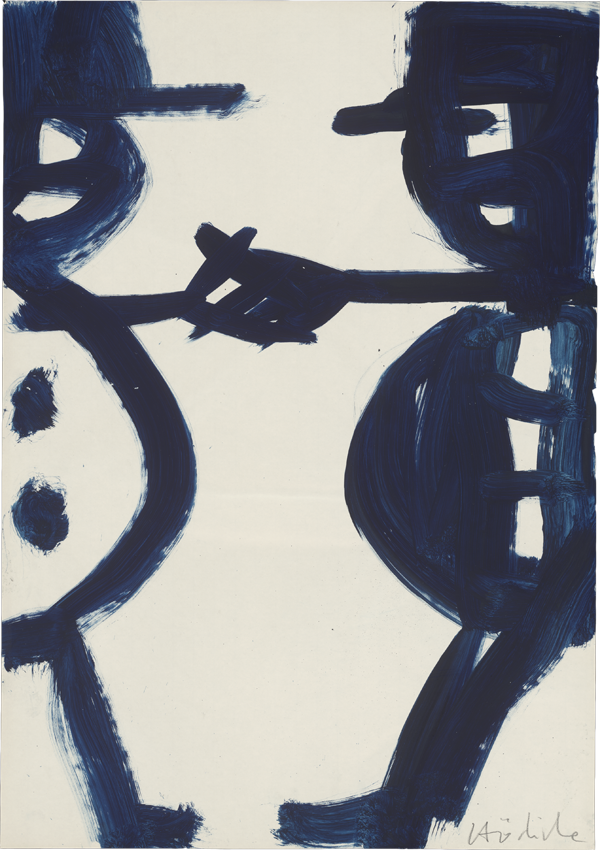
Schneemann/Schornsteinfeger, 1990/91,
Mixed media on paper,
Photo: Staatliche Graphische Sammlung München
© VG Bild-Kunst, Bonn 2020
Ten years later, K. H. Hödicke was appointed professor at the West Berlin Academy of Fine Arts in 1974. His direct style of painting would have a formative influence on a whole generation of subsequent artists, who became known as the Neue Wilde in the 1980s. K. H. Hödicke himself still lives and works in the Berlin, whose unique insularity he appreciated for so long.
His painting today has outlived fleeting phenomena, and ranks among the established greats of recent art history, providing one of the most important reference points for young contemporary artists.
The Munich retrospective K. H. Hödicke presents the artist’s core creative phases from the early 1960s on.
This is the first time that Hödicke has given a curator the opportunity to assess all the works in his
possession over a period of two years, to group works together and to compile them thematically according
to a particular curatorial direction. For example, the “Informel Room” illustrates not only the break with the
tradition but also his continued productive engagement with non-objective painting. The “Berlin Suite”
shows he is not merely a chronicler of Berlin, but rather fascinated by the city’s unique life-force which he is
drawn to document.
The focus of the exhibition is on K. H. Hödicke’s large-format paintings on paper from the 1970s and 1980s, in
which he recorded his artistic research over two decades. He also speaks of them as “trial runs”, in which he
composes motifs, varies them in series, and comes up with ever new artistic solutions during the working
process.
The paintings on paper were preceded by so-called DIN A4 drawings from the late 1960s to the late 1970s,
which occupy a special position in the work cycle of small-format drawings. Their pictorial ideas appear as a
contemporary documentation of this decade. Comprised of more than 140 drawings, 80 of which are on
display in the exhibition, the present DIN A4 catalogue is devoted exclusively to this group of works.
The paper works are completed by a selection of his so-called croquis studies on reclaimed cardboard, which
were created during a short intensive period in the late 1980s and early 1990s. In these studies, Hödicke
once again reduces his colour intensity and encapsulates a pictorial concept with just a few brushstrokes.
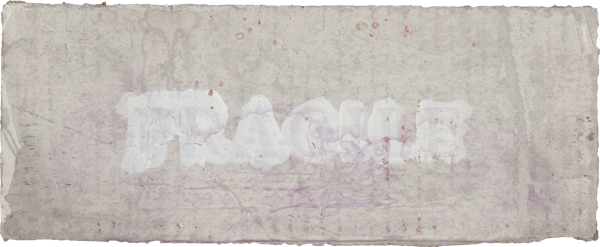
sehr zerbrechlich, 1989,
Mixed media on cardboard, 119 x 229 mm,
Photo: Staatliche Graphische Sammlung München,
© VG Bild-Kunst, Bonn 2020
The abundance of works on paper is juxtaposed with a focused selection of major paintings from the
Reflections series (mid-1960s) and the Mirror Images series (late 1960s and early 1970s), supplemented with
a few characteristic paintings from the 1980s and early 1990s and, last but not least, with a group of smallformat
bronze sculptures.
CATALOGUE
An exhibition catalogue is published in two volumes by Verlag der Buchhandlung Walther König, with a total of 370 full-page colour illustrations.
Volume 1 “K. H. Hödicke. DinA 4”, approx. 400 pages, with a foreword and essay by Michael Hering as well as a biography and an exhibition checklist
Volume 2 “K. H. Hödicke. Mixed Media”, approx. 400 pages, with a foreword by Michael Hering and 100 aphorisms, statements and quotations by K. H. Hödicke.
The total circulation is 500 copies including a numbered special edition with a slipcase individually painted by the artist.
Special edition: 450 Euro
Museum edition: 180 Euro
